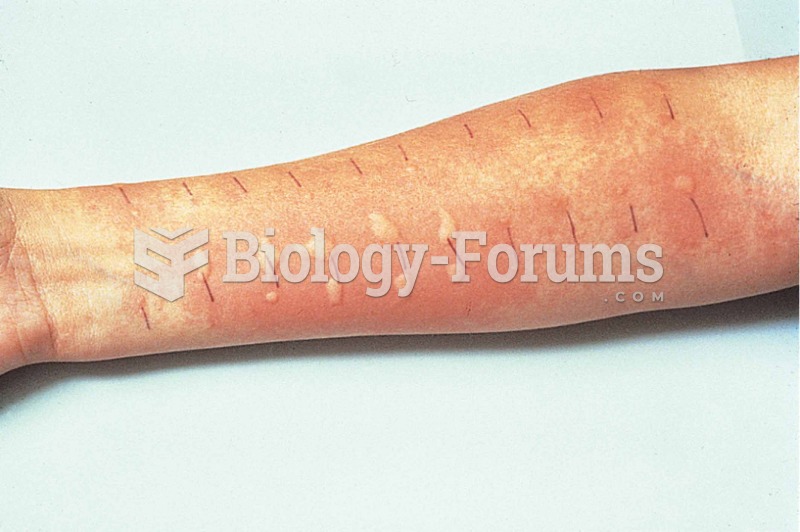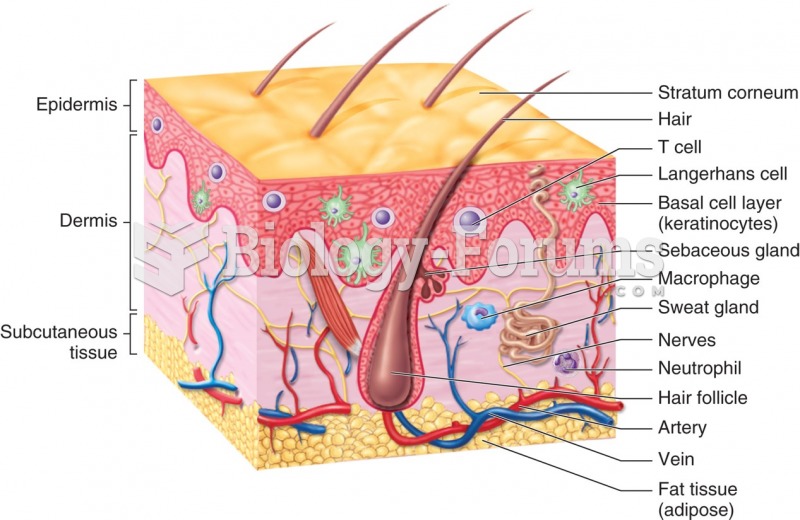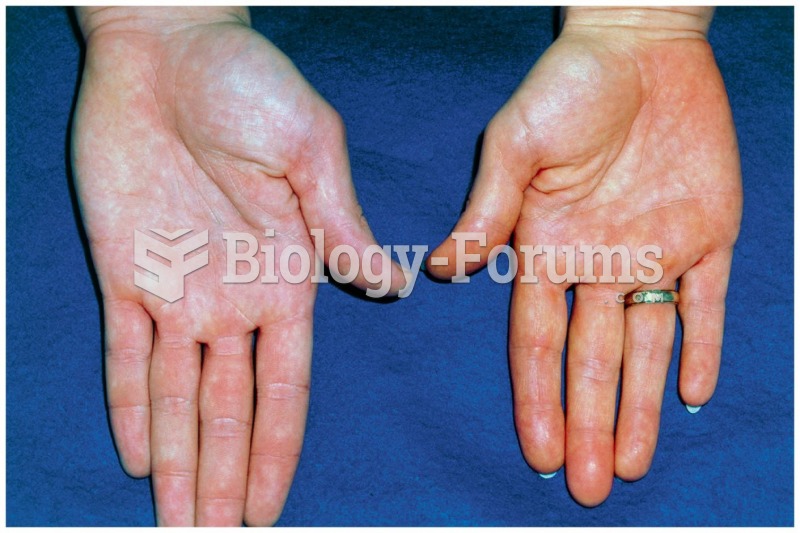Answer to Question 1
ANS: A
The incidence of community-acquired methicillin-resistant staphylococcus aureus (MRSA) has been on the rise and is now managed quite frequently in the primary care setting. In children, a common presentation is a small bump that may resemble a bug bite and then quickly enlarges and turns into a pustule. In infants, this is commonly seen in the diaper area, but it can occur anywhere. A culture and sensitivity should be obtained on any questionable lesions or abscesses to confirm diagnosis.
Answer to Question 2
ANS: B
Symptoms of a concussion can vary, and some may be quite subtle, so it is important to conduct a full interview and examination when there is concern for this type of injury. Almost 90 of children with a concussion will complain of headache. There may also be complaints of light or noise sensitivity, nausea, and fatigue. It is not uncommon for these children to be very tired at the end of a school day. They may also be more irritable and have trouble with cognition, memory, and/or sleep.
The most important thing when caring for a patient suspected of having a concussion is to prevent another head injury. This means that the child who plays sports must stay off the field and out of the game until fully recovered. He or she may also need time away from school, and there may be restrictions on using electronics and reading. The trend in concussion management is leading toward a multidisciplinary approach in which primary care providers, neuropsychologists, and school athletic trainers work together to assess the child often and initiate a return-to-play plan. Children who have experienced a concussion need close follow up to ensure they are symptom free, both during exertion and while at rest, before resuming activities and sports. It is not uncommon for full recovery to take many weeks. Any child or adolescent experiencing a repeat concussion within one year's time will take even longer to recover fully. Research has shown that the effects of concussions are cumulative, so rest and recovery are crucial to preventing brain injury and long-term effects on memory and cognition.







